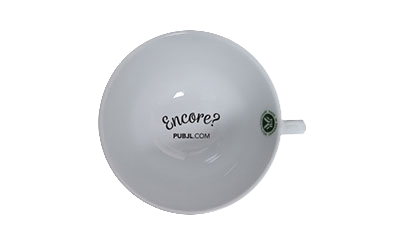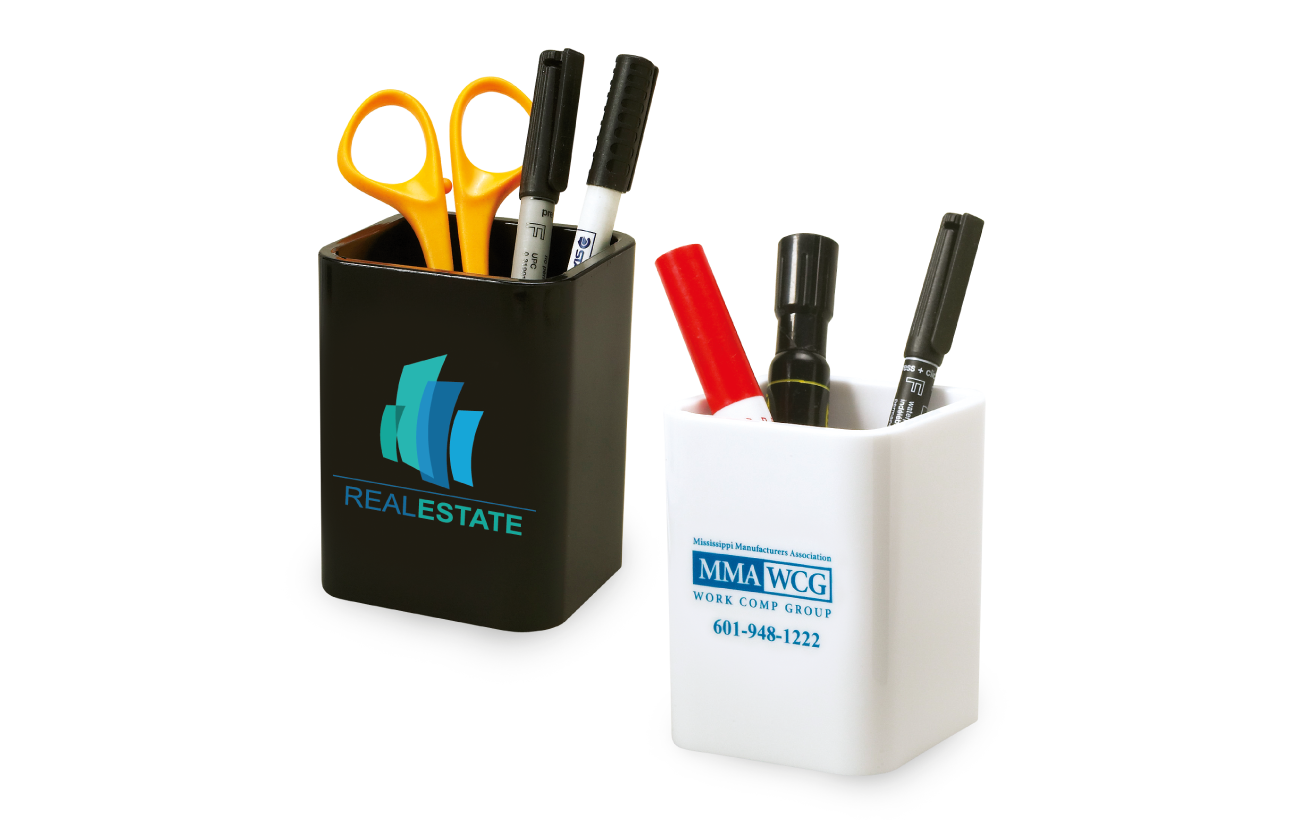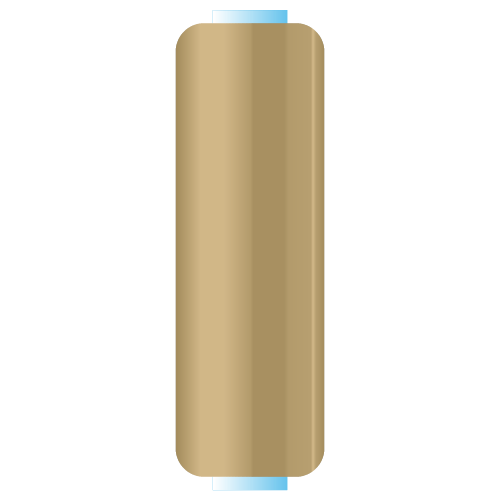
Que ce soit pour une impression sur une pièce de vos équipements ou sur vos articles, on peut devenir partenaires.
On offre aussi l'entreposage de vos pièces.
Contactez-nous
Via notre réseau de distributeurs, on offre des objets promotionnels durables.
Voir les produits
Nos prix incluent déjà les frais de montage.
On aime rendre les objets beaux.
L'impression, c'est dans notre sang!
DÉCOUVREZ-EN PLUS SUR NOUS!






Tout le monde a déjà reçu des produits promotionnels. Leur abondance leur permet-elle encore d’avoir un impact ?
Les images peuvent être de différents types. Les deux principaux sont les images matricielles et les images vectorielles. Ils codent les informations
Voici un rapide aperçu de notre utilisation de 12 attributs mentionnés dans un rapport.
Enracinée dans une région, une équipe soudée comme un essaim d’abeilles, une explosion de défis, Promo Plastik est tout cela depuis...
